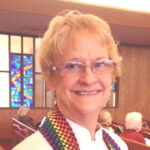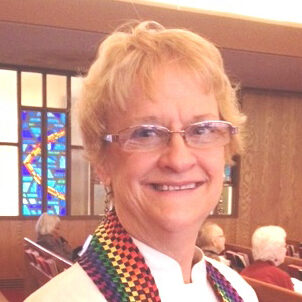Community Connectivity
A new publication launching this month called Brain Connectivity is a peer-reviewed journal by neuroscientists to help people understand how the human brain makes connections. The connections include when the brain is healthy, but also when it is dealing with disorders such as Alzheimer’s, epilepsy, stroke, and depression. The start of this new journal coincides with a new neuroscience initiative on brain connectivity, funded by $40 million in research grants from the National Institutes of Health.
Okay, so I am not a neuroscientist. I’m not even a scientist. But like most of you, I have a lot of experience in the church. And the more I read about brain connectivity, the more it reminds me of the “connectivity” among us as a connectional church.
What got me thinking about connectivity was a statement about the impact of physical exercise on the brain. A recent study found that one year of exercise can give a 70-year-old the brain connectivity of a 30-year-old, improving the capacity to remember and plan and the ability to deal with ambiguity and do multiple tasks. Amazing!
If anybody is multitasking, it’s the United Methodist Church. Like the brain, the church has complex, interrelated units that were designed to be both “functional” and “effective” (to use neuroscience terms). Experts of all sorts have different theories as they map out how we can best work with one another, just like scientific experts do about brain mapping. In our denomination, the word “connection” has become an issue of structure for some folks and a set of perceptions about our general (worldwide) agencies for others.
So it might help us to think about connectivity instead in order to respond to more primary questions, such as:
* What is our healthiest pattern of linking to be both functional and effective in transmitting life? (Structure is a secondary question) and
* How can we network to process information from ministry to ministry, communicating what works best from place to place as we seek to make disciples of Jesus Christ?
I am using a metaphor here, but it seems to fit. Connectivity concerns the nervous system in our physical bodies, so it’s no surprise that talk about living connectivity in the church makes us, well, nervous. But if stewardship includes how we steward relationships and even how we steward the church, then it’s worth stepping outside the old connectionalism box.
Your partner in ministry,
Betsy Schwarzentraub
Written 12/8/2011 for the General Board of Discipleship
of the United Methodist Church


